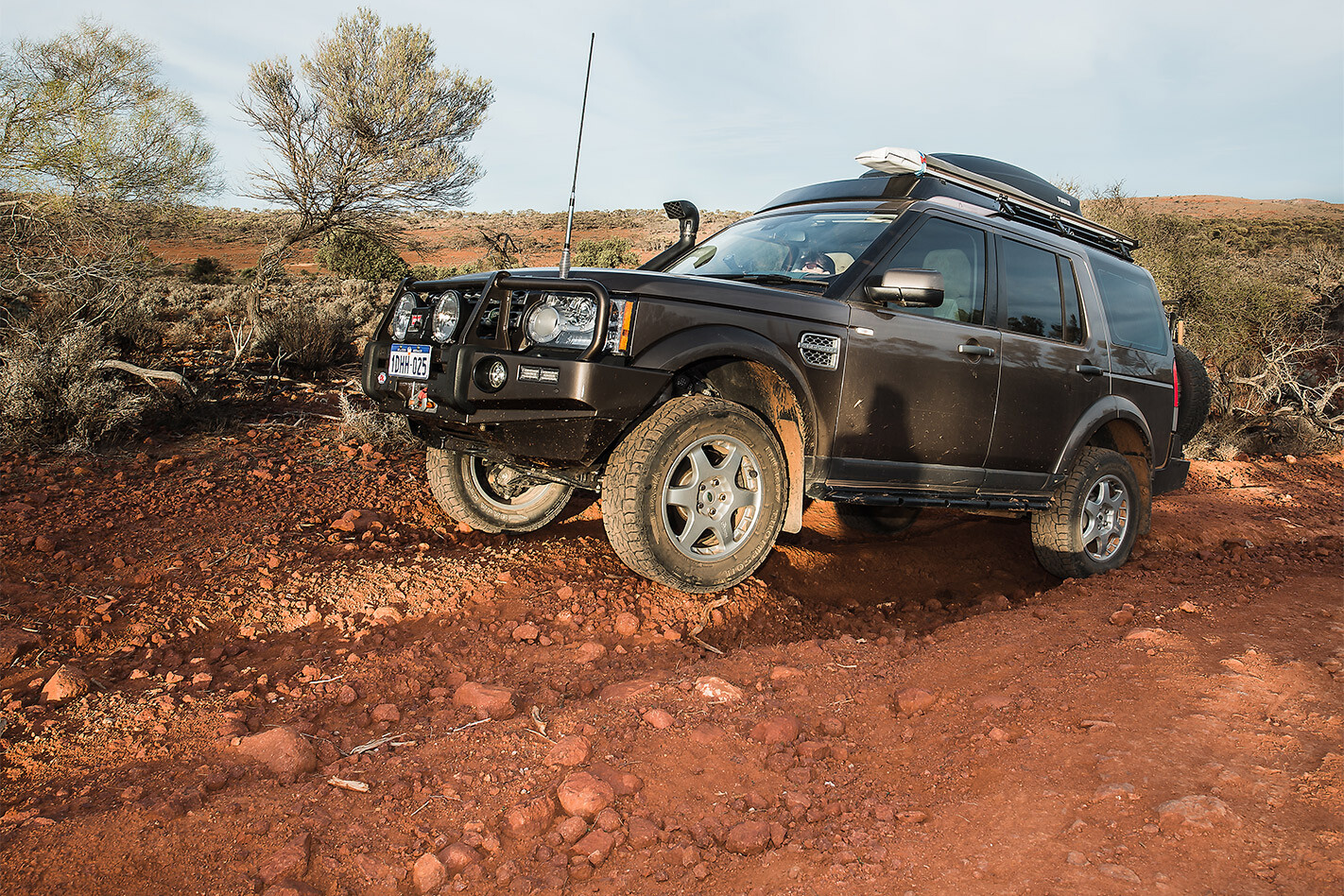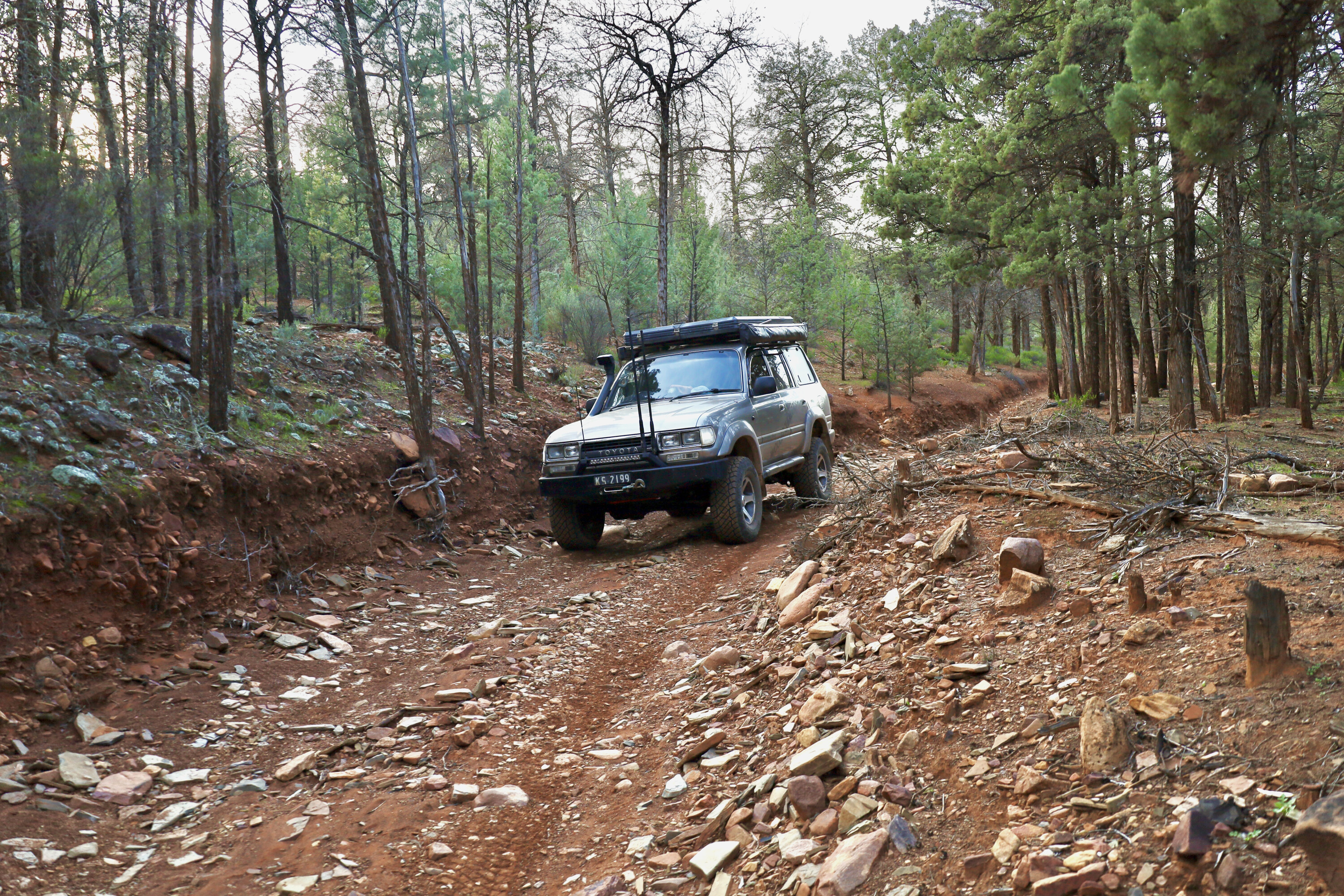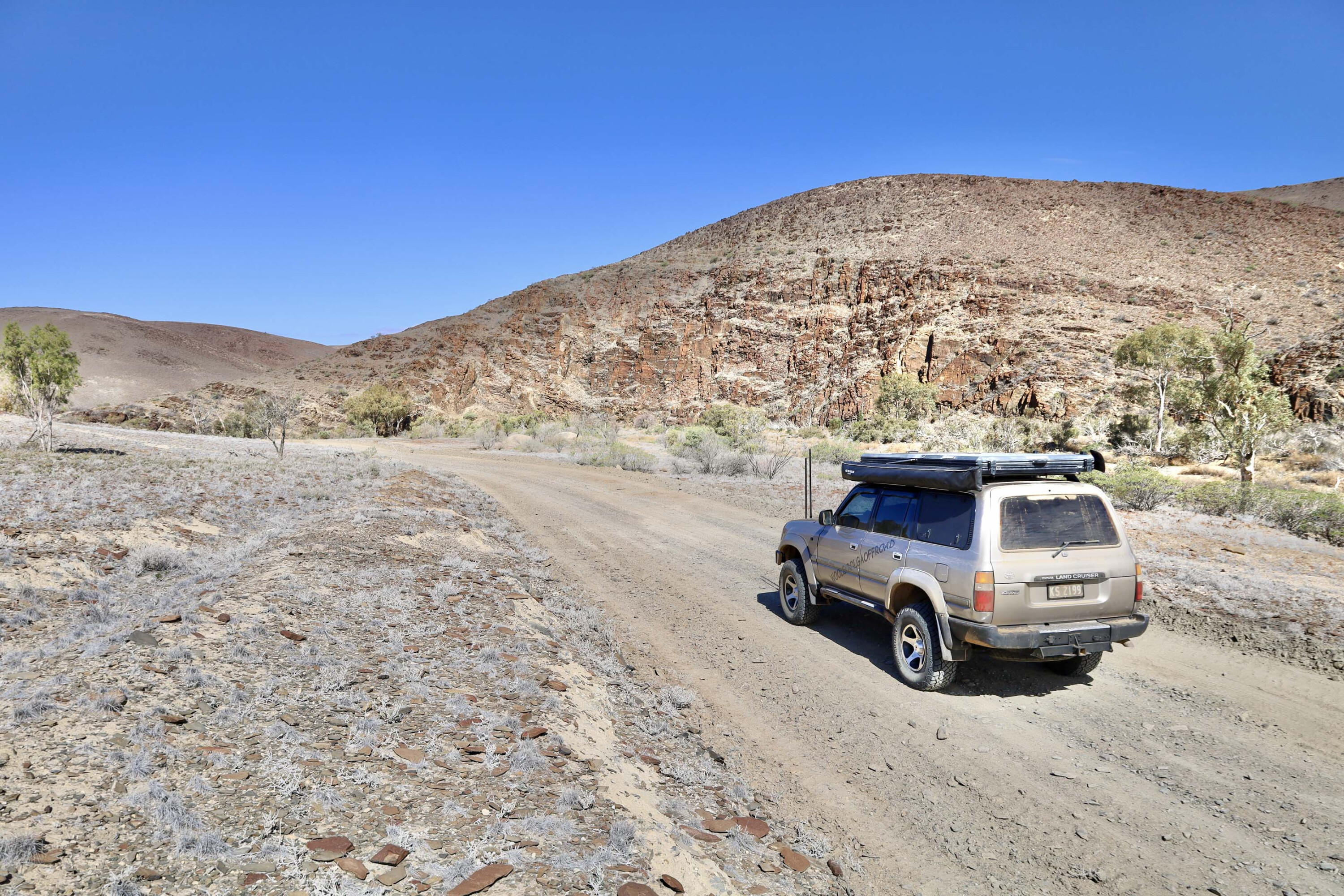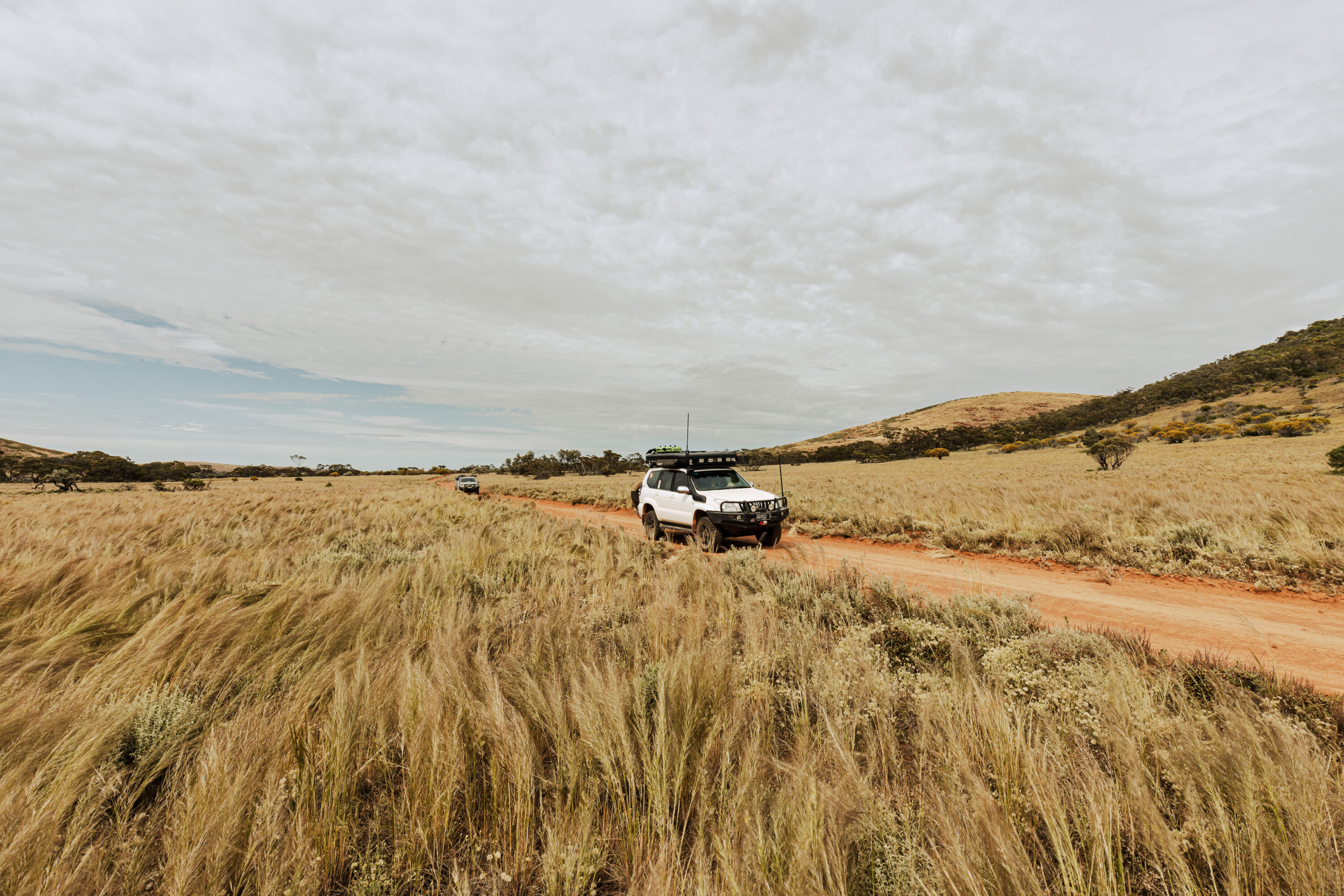Stunning scenery and intriguing pastoral history, the Gawler Ranges have plenty of wide-open spaces for travel goers.
Where: Gawler Ranges National Park (GRNP) – 55km north of Wudinna, SA. Access through Minnippa, Wudinna or Kimba on Eyre Highway.
Mt Ive Station (MIS) – 200km west of Port Augusta, SA.
When to Go: Avoid the hottest months – spring and autumn are perfect. Contact Mt Ive for timing of planned station activities such as mustering.
Accommodation: GRNP – camping $8/night per car plus one-off $10 park access fee. MIS – $20/unpowered site; $25/powered site or stay in the shearer’s quarters from $50/night (BYO bedding) to $80/night for furnished rooms in the stone huts.
Driving Conditions: In dry conditions access roads and tracks are largely 2WD. Wet conditions can see major deterioration and some GRNP tracks require 4WD. High clearance and lockers handy for some of Mt Ive tracks.
Gawler Ranges National Park
The Gawler Ranges are less publicized than the well-marketed Flinders Ranges, and so the South Australian landscape of stony hills, with its historic and geographic features, also has the added bonus of being the road less travelled.
Coming in from the west, enter the Gawler Ranges through Minnipa and check out the endless cresting wave of Pildappa Rock. The easy climb to the top provides the perfect opportunity to clear the long itchy Eyre Highway from your eyes and enjoy the sunset looking out over the farmlands towards the Gawlers.
It’s about 40km into the Gawler Ranges National Park which was established in 2002 by combining Paney Station (one of the earliest pastoral landholdings in the region) and areas of Pine Lodge and Scrubby Peak stations into a 166,000ha reserve.
The roads are generally good and many are suitable for 2WD – as long as the weather is dry. Even a small amount of rain and the slippery clay rapidly deteriorates into sticky wheel-sucking ruts – clearly evident on some of the park’s trails.
Gawler is semi-arid country. It’s largely saltbush or fast growing, low-lying plants and grasses that quickly vanish in harsh summer heat. Autumn is the perfect time to visit – after some rains to freshen the lands and a throw of greenery lacework add a colourful contrast to the harsh flaming rock. You’ll enjoy soft sunny days and comfortable cool nights.
Access and fees
There are self-registration points at each park entry with a single fee for day access and additional fees per night for campers. There are at least six camping sites but most are simply cleared bushland with NO toilets, bbqs or picnic tables. You need to be fully self sufficient – especially in terms of water.
Yandinga Falls, some ten minutes into the park, is easily accessible even if towing a caravan. The falls are a trickle between peaceful pools unless recent rain has fallen. It’s a comfortable fifteen-minute scramble up to enjoy the views from the top of the rocky outcrop.
Camping
There are plenty of other campsites located off the 4WD tracks that circle the park – off-road campers will enjoy peaceful surroundings at Chillunie or Mattera. If it’s been too long between showers, head to Kolay Hut, one site where you can obtain water. You’ll need to light up the old donkey boiler at the simple shed but the hot shower is worth all the hard work.
One of the beauties of the Gawlers are the interesting rock formations among the dark ochre of volcanic rock hills that are estimated to be 1500 million years old. Weathering has exposed thousands of “organ pipes” as the volcanic rhyolite is commonly described. Formations can be shallow and wide like the rotten teeth of a grinning giant or long and elegant like the cathedral organ. Some point to the sky, others lean forward as the soil erodes from the base, creating convenient caves favoured by rock wallabies.
The park contains scattered remnants of its pastoral history including an old stone dam, and the recently restored Poondanna Outstation (available for hire). You can walk through the four-room Old Paney Homestead where station manager William McKenzie lived in very close proximity with his wife Jessie and their eleven children in the late 1800s.
Wildlife
With a highly active fox baiting and feral goat shooting program, and the reinstatement of water supplies, the park has seen a good bounce back in native fauna and you’ll see plenty of emus, euros, red and grey kangaroos plus twenty other rare and endangered species including birds like the Major Mitchell cockatoo. There’s an excellent chance of spotting the endangered yellow-footed rock wallabies at Yandinga – as long as they move. This cute critter is brilliantly camouflaged by a grey body, tan paws and feet, extra long striped tail and occasional “bandit” mask of white and black. They can be difficult to spot when they sit motionless amongst the shattered rocky landscape.
Mt Ive Station
Head north through the park to the Kingoonya-Iron Knob Road for a stay at the Mt Ive Station. It’s hard to miss the station entry marked by what appears to be a submarine breaching out of the red gravel. When Joy and Len Newton bought the property in 2002 as a secondary sheep station, the camping ground was more like a scrap metal yard than a welcoming rest stop. Gradually clearing the area, they were a bit stumped with what to do with the massive old boiler tank – the hot riveted body was an excellent example of good old-fashioned metal smithing and it seemed a shame to scrap the old girl.
For those who’d rather explore rocky trails with the short stick firmly engaged; Mt Ive has over 250km of tracks open for access. For a small fee, mud maps are available and you can spend a day or three travelling the various circuits spotting eagles soaring back to their high nests, gazing out over the panoramic views from the tops of the ranges or scrambling the tyres over the rocks on tracks that rapidly change from easy gravel to challenging twists and turns through creek-beds and up and down steep inclines.
Camping
While a great destination for any 4WD enthusiast, Mt Ive Station is particularly good for a club outing. With plenty of powered sites, bush camping or simple but comfortable shearer’s quarters, Mt Ive can comfortably accommodate very large groups. It has provided a base for Australian and international media crews shooting feature films, music videos and commercials keen to capture the unique beauty of the local landscape. Miranda Kerr and Hugo Weaving have bunked down at Mt Ive. One Taiwanese rock-star filmed a commercial and years later his fans are coming through to “stay where HE stayed”.
Visitors to the working station are welcome to tag-along and watch sheep mustering and shearing, or trapping and culling the hardy goat population. However, no visit would be complete without heading to Lake Gairdner, which directly adjoins the property. You’ll need to obtain a key for the locked access gate (fee applies) and head back out to the main road – allow around 45 minutes depending on road conditions.
Photography
The salt lake has many moods to offer photographers. When the sun beats down overhead the vast flat white expanse mercilessly reflects with hard clear crystalline intensity and the horizon and lake appear to melt together. Sunrise and sunset turn the snowy white to palest pink or soft warm apricot. Any water on the surface shimmers in a breathtaking path to the sun hanging low in the sky. Some sections of the lake are smooth and solid like an ice-skating rink; others are giant cobblestones. At times the lake butts hard into the shore with solid determination, at others the salt is roughened and broken like ocean waves beating against the startling contrast of the crimson flamed rocks.
With so many scenic options built around some interesting tracks, even if you’re not adding a visit to the area onto an east-west odyssey, the Gawler Ranges are a worthy destination in their own right.





